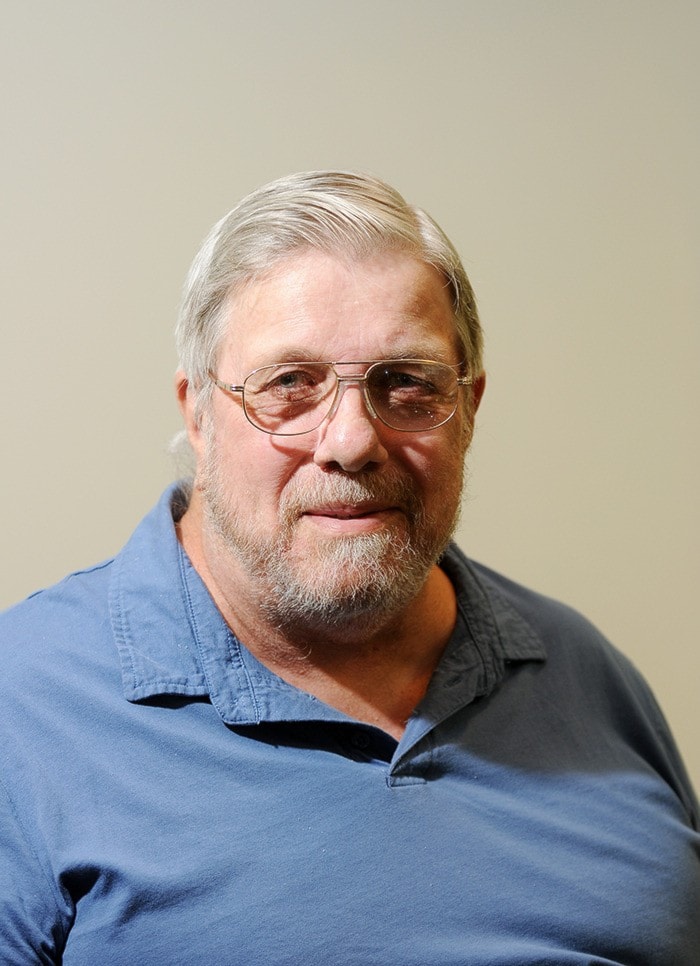Living quite close to the temporary homeless shelter, I have become almost totally inured to the near epidemic number of overdose deaths of drug users in our community.
With the recent death of the son of a friend, suddenly that all changed.
It doesn’t matter if the cause was an overdose of fentanyl or some other lethal combination of chemicals, the boy is dead. His family and friends are left to mourn his passing and also to wonder what they could have done to prevent this mind-numbing loss.
His family and friends will tell you that this boy wasn’t your typical criminal-bad-guy-addict, but he is still dead. It seems that drugs don’t make exceptions and don’t distinguish between good and bad people.
The evil of these drugs applies equally to all who embrace the siren call of escape.
Besides his family and friends, our entire community should be wondering what we could be doing to help prevent anyone from being drawn into the terrifying and potentially deadly world of addiction to drugs or alcohol.
It is plain and hugely evident that what we’re doing now isn’t working.
The problems associated with illegal drug use are not something new, but, over the years, our attitudes have changed to the point where community leaders, senior government officials, the judicial system and police have been swallowed up by the asinine aspects of the low-barrier approach.
The use of drugs and the criminal activities required to support it are carried out quite openly on our main streets and very little is done to curtail the madness.
At best, it is delusional to assume that all of this drug use is being carried on by homeless, hopeless addicts.
We have even manufactured a term to describe average folks who can hide within the privacy of their own homes while using the same drugs which are killing street people and young people everyday. We call that genre of addicts recreational drug users.
We actively condone illegal drug use and even provide needles and safe places to use drugs. In addition, there are publicly funded programs which provide alternate drugs, such as methadone, which help curb the insatiable urge of addiction by replacing it with a different addiction.
We also provide emergency services personnel and addicts with free unlimited quantities of Narcan and naloxone, which can turn back the lethal results of opioid overdoses if applied in time.
It seems that there isn’t any room in the low-barrier approach for addicts and users to do something realistic about their addictions, such as quitting drug use in favour of doing something positive in their lives.
Several times I have asked the priests of the low-barrier approach to demonstrate its effectiveness by citing examples of its success. To date, I have received no responses.
In the vast majority of success stories involving recovering addicts and alcoholics, the most common factor seems to be zero tolerance and making people responsible for their own actions, something low-barrier advocates simply refuse to acknowledge.
The financial and social costs of our failure as a community to offer effective programs and directions for addicts and alcoholics is staggering. We cloak ourselves in self-righteous denial that we are a major part of the problem, but all we have to do is look around to know that isn’t true.
It’s not just the downtown area and the neighbourhood surrounding the homeless shelter. The social and physical destruction can be seen in every corner of our community.
Sadly, the tragic death of my friend’s son is just another sorry chapter in this never-ending story.
Sandy Macdougall is a retired journalist and former city councillor.
